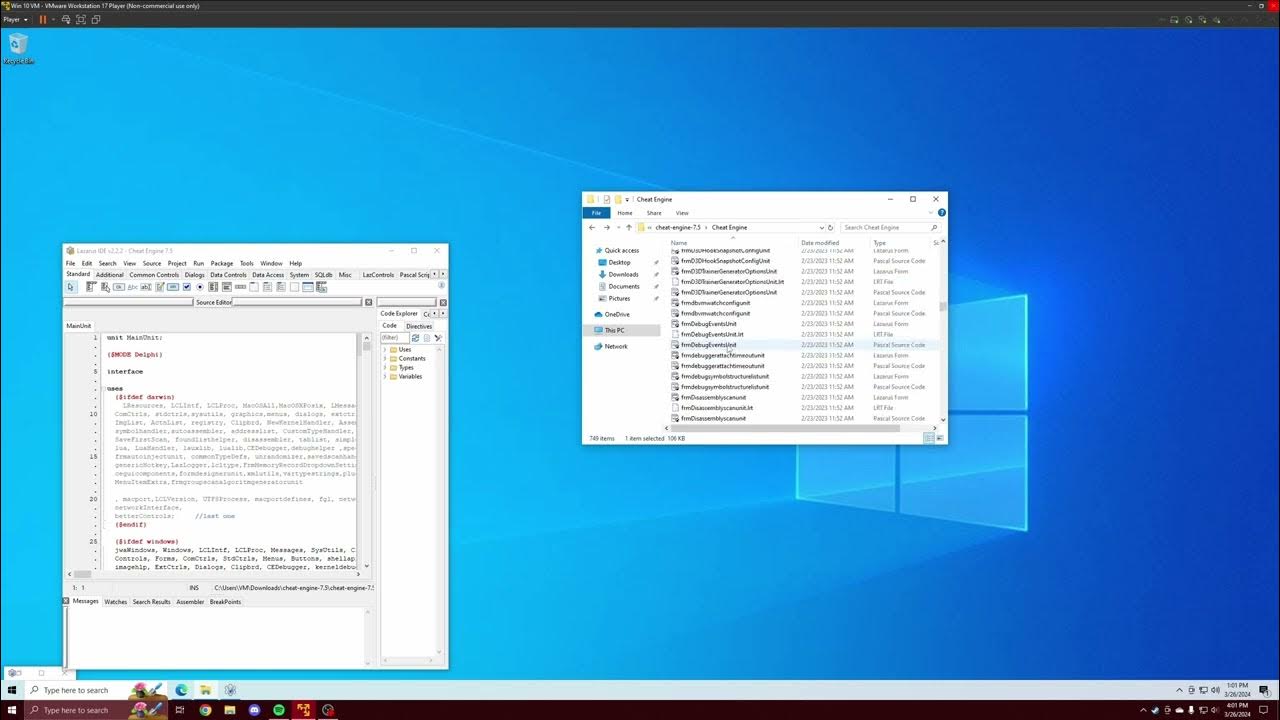How To Build A Ram Pump
Summary
TLDRThis video tutorial guides viewers through building a ram pump, ideal for use in flowing creeks or springs. It emphasizes the necessity of freely flowing water, particularly downhill, to power the pump. The presenter outlines the essential components, including a water supply, bucket, drive hose, ram pump kit, and delivery pipe. The video demonstrates assembling the pump with a focus on the air chamber, swing check valves, and proper use of Teflon tape. It also covers starting the pump, purging air, and adjusting for optimal water flow, concluding with a parts list and future availability of larger pumps.
Takeaways
- 💧 A ram pump is best utilized in locations with flowing water, such as creeks or springs, especially on a steep slope.
- 📏 To operate a ram pump, a minimum of five feet of elevation drop is required to generate sufficient pressure.
- 🔧 The script outlines the necessary components for a ram pump setup, including a water supply, bucket, drive hose, ram pump kit, and delivery pipe.
- 🛠️ The ram pump kit contains critical parts like an air chamber with a cap and air bladder, swing check valves, on/off valves, plumber's tape, and pipe nipples.
- 👷♂️ Proper preparation of pipe nipples with Teflon tape is essential for preventing leaks.
- 🔄 The swing check valves are installed with the flapper in a specific orientation to allow water flow and prevent backflow.
- 💨 The air bladder in the buffer tank is inflated manually without the need for an air compressor or pump.
- 🏗️ The pressure tank is assembled using all-purpose cement with a primer, ensuring a secure seal.
- 🚰 The script demonstrates the initial startup process, including filling the drive pipe, purging air, and adjusting valves for optimal flow.
- 📈 The video provides a visual example of the water flow and the effectiveness of the ram pump, emphasizing the importance of the water flow rate.
Q & A
What is the ideal location to install a ram pump according to the video?
-The ideal location is a flowing creek or a spring where water flows downhill, preferably on a relatively steep hill to get enough elevation change to drive the ram pump.
What is the minimum elevation drop required to drive a ram pump as mentioned in the video?
-The video specifies that a minimum of about five feet of elevation drop is needed to drive a ram pump.
What is the purpose of the supply bucket in a ram pump setup?
-The supply bucket collects water from the source and provides a point where water falls the required distance to create the necessary pressure to drive the ram pump.
What components are included in the ram pump kit sold by the presenter?
-The ram pump kit includes parts for the air chamber, swing check valves, on/off valves, plumber's tape, and pipe nipples.
How should the swing check valves be oriented in the ram pump setup?
-The swing check valves should be oriented with the flapper shutting when water flows up, and the arrow should point towards the delivery side.
What is the purpose of the air bladder in the ram pump system?
-The air bladder serves as a buffer in the pressure tank, helping to maintain a consistent water flow and pressure within the system.
How is the air bladder inflated in the pressure tank?
-The air bladder is inflated by pressing down on the tip of the schrader valve with a screwdriver and then inflating it by mouth, without the need for an air compressor or pump.
What is the purpose of the bulkhead fitting in the supply bucket?
-The bulkhead fitting in the supply bucket allows for the connection of the drive pipe to the bucket, ensuring a sealed connection for the water flow into the ram pump.
How does the presenter ensure that the ram pump is ready for startup?
-The presenter ensures the ram pump is ready for startup by filling the drive pipe with water, purging all air from the line, and pre-filling the delivery pipe with water using the static water pressure.
What is the significance of the slope in the setup shown in the video?
-The slope shown in the video is important as it demonstrates the necessary incline for the water flow to effectively drive the ram pump, with the presenter recommending a similar slope for optimal performance.
What are the future plans mentioned by the presenter regarding the ram pump?
-The presenter plans to have different sizes of ram pumps available in the future, including larger pumps, and hopes to have an Amazon listing for the product soon.
Outlines

This section is available to paid users only. Please upgrade to access this part.
Upgrade NowMindmap

This section is available to paid users only. Please upgrade to access this part.
Upgrade NowKeywords

This section is available to paid users only. Please upgrade to access this part.
Upgrade NowHighlights

This section is available to paid users only. Please upgrade to access this part.
Upgrade NowTranscripts

This section is available to paid users only. Please upgrade to access this part.
Upgrade NowBrowse More Related Video

Membuat E-Learning Website Gratis Google Sites

Hari Gini Rakit PC Desktop?

BSD 2 | Begini langkah awal bangun rumah! Cara menentukan as bangunan dengan metode bowplank!

Mudah Membuat Hand Sanitizer Otomatis Tanpa Arduino dan Tanpa Servo

Cheat Engine Built From Source Tutorial | Driver | DBVM | VEH Debugger | Renaming | Error Correction

REKA:BIT RBT Project Kit | Project 3B: Auto Plant Watering System #microbit #stemeducation
5.0 / 5 (0 votes)